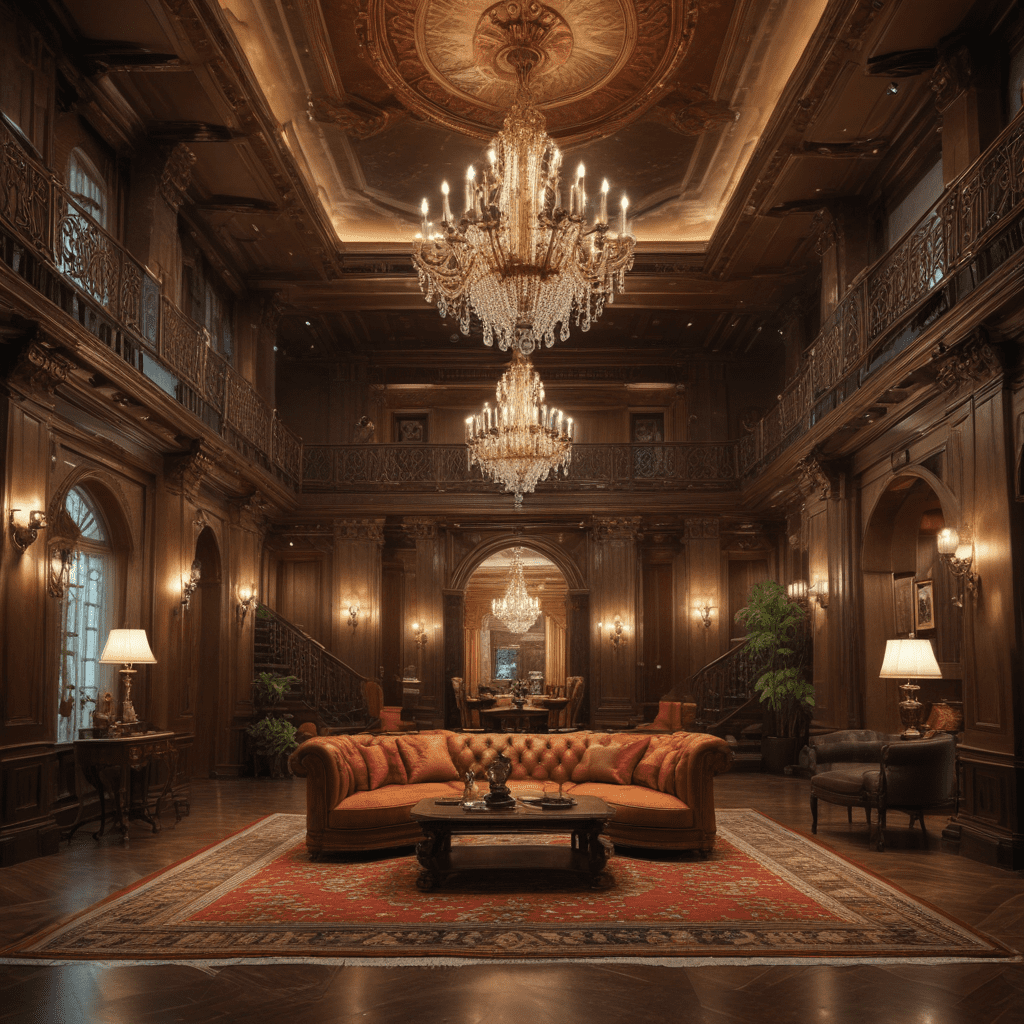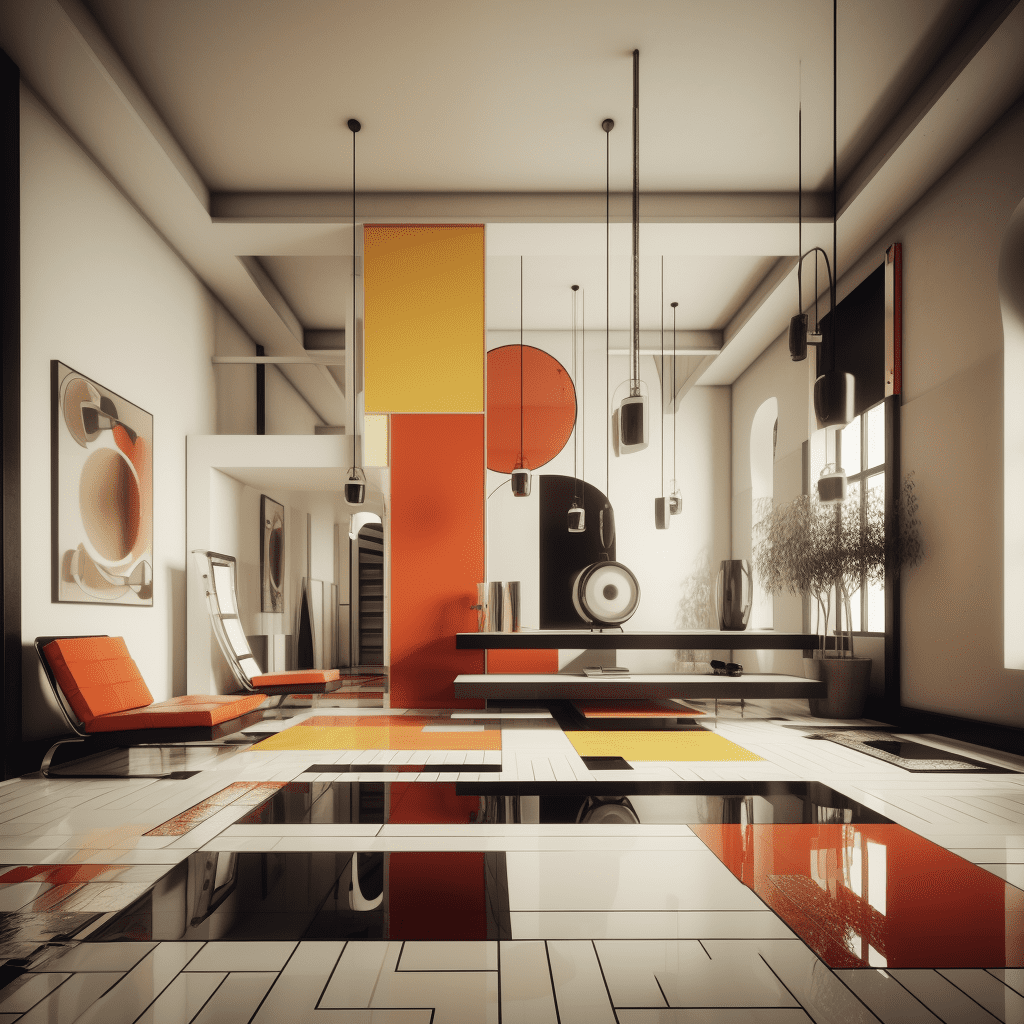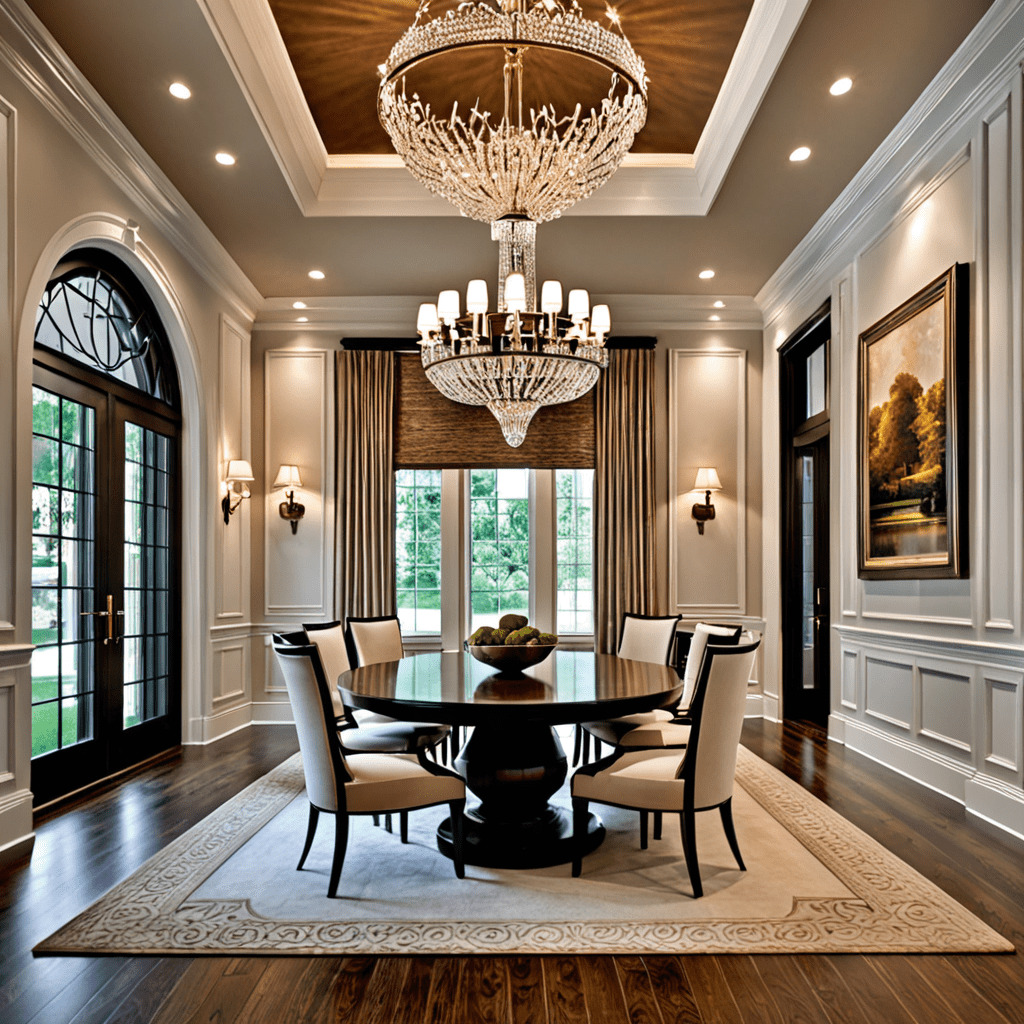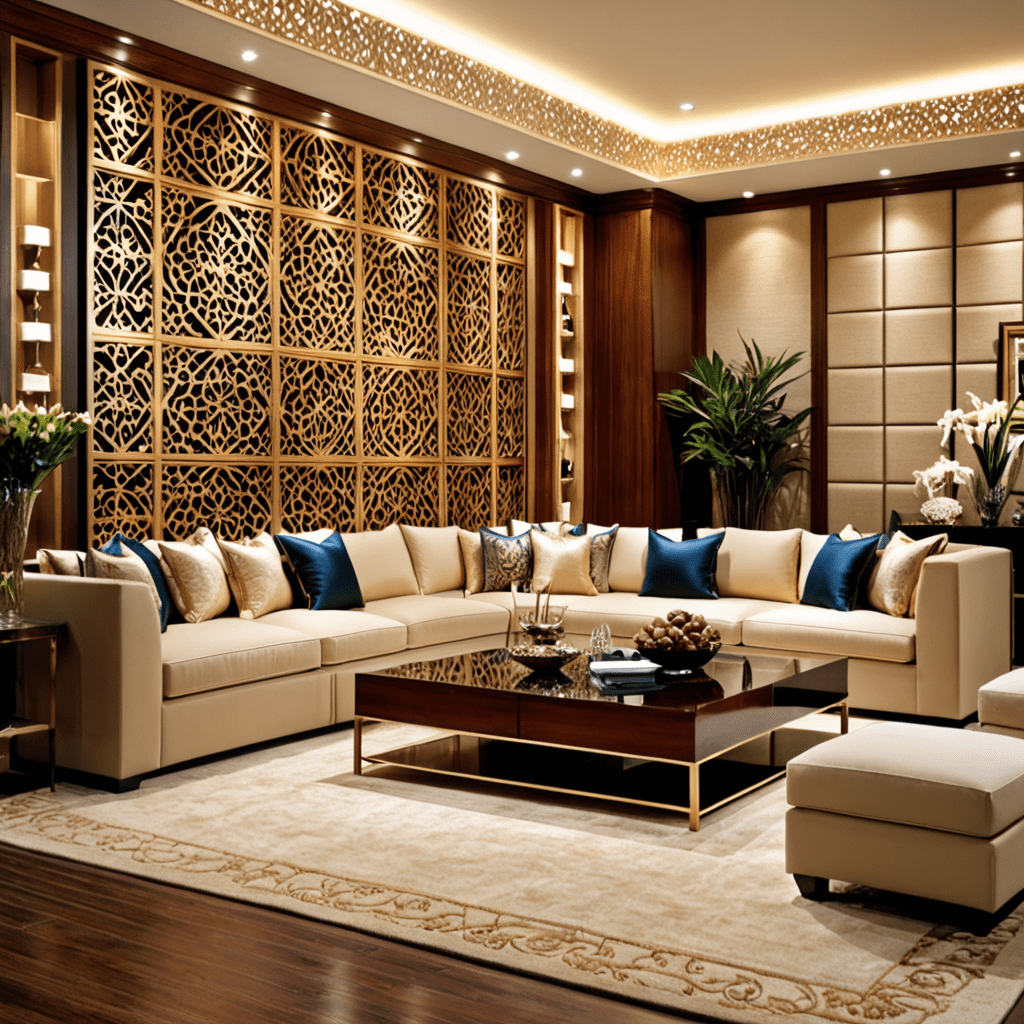Open Concept Living Spaces: 15 Inspiring Designs
Open Concept Living Spaces: 15 Inspiring Designs
Introduction
When it comes to creating a comfortable and aesthetically pleasing living space, interior design plays a crucial role. The way we design our interiors can greatly impact our daily lives, affecting our mood, productivity, and overall well-being. One popular design trend that has gained momentum in recent years is open concept living spaces. This style embraces a more fluid and connected layout, allowing for seamless transitions between rooms. In this article, we will explore the key elements of interior design, offer tips for choosing furniture, and discuss how art and decor can enhance the ambiance of an open concept living space.
Key Elements
To create a cohesive and visually appealing open concept living space, it is essential to consider the following key elements:
1. Color Palettes
Choosing the right color palette is crucial in establishing the desired atmosphere within an open concept living space. Opting for a cohesive color scheme throughout the different areas can help unify the space and create a sense of flow. Neutral tones such as white, beige, or gray can serve as a great starting point, allowing for versatility in furniture and decor choices.
2. Furniture Arrangement
With an open concept living space, furniture arrangement becomes essential in defining different areas without disrupting the visual flow. Consider using furniture as dividers or focal points to subtly separate specific zones. For example, a well-placed sofa can help create a boundary between the living and dining areas.
3. Lighting
Proper lighting is crucial to set the ambiance and mood in an open concept living space. Incorporate a combination of natural and artificial light sources to create a well-lit and inviting atmosphere. Pendant lights or chandeliers can be used to delineate different areas, while strategically placed floor or table lamps can provide task lighting and add a cozy feel to the space.
4. Accessories
Accessories are the finishing touches that can elevate the overall design of an open concept living space. Carefully curated accessories such as throw pillows, rugs, artwork, and plants can add personality and warmth to the space. Consider using accessories that complement the color palette and style of the room to create a harmonious and inviting environment.
Tips for Choosing Furniture
Selecting the right furniture is essential in creating a functional and visually appealing open concept living space. Consider the following tips when choosing furniture for your space:
- Measurements: Measure the dimensions of your space to ensure that the furniture you choose fits appropriately. Oversized furniture can make the room feel cramped, while furniture that is too small may appear lost in a large, open area.
- Style: Choose furniture that complements the overall style of your open concept living space. Whether your space has a modern, rustic, or eclectic vibe, selecting furniture that aligns with the established aesthetic will create a cohesive and harmonious look.
- Functionality: Consider how you will use the space and choose furniture that serves your needs. For example, if you frequently entertain guests, opt for a sectional sofa that can accommodate a larger number of people. If you need storage solutions, look for furniture pieces with built-in shelving or hidden compartments.
- Flexibility: Opt for furniture that can be easily reconfigured to adapt to different situations. This can be particularly useful in an open concept space, where flexibility is essential. Consider furniture with modular or movable components that allow you to transform the space to suit your needs.
Incorporating Art and Decor
Art and decor play a vital role in adding personality and visual interest to an open concept living space. Here are some ideas for incorporating art and decor into your space:
- Gallery Walls: Create a striking focal point by arranging a collection of artwork or photographs on a single wall. This can add visual interest and showcase your personal style. Remember to vary the sizes, frames, and subject matter, but maintain a cohesive theme or color scheme for a unified look.
- Statement Pieces: Incorporate a statement piece of art or decor that captures attention and becomes a conversation starter. This could be a large-scale sculpture, an eye-catching chandelier, or an oversized painting. Make sure to consider scale and placement to ensure it doesn’t overwhelm the space.
- Textiles: Use textiles such as throw pillows, curtains, and rugs to add color, texture, and warmth to your open concept living space. Choose fabrics that complement the overall color palette and style of the room. Mixing different patterns and textures can create visual interest and depth.
- Greenery: Incorporating plants into your open concept living space adds a fresh and vibrant touch. Plants not only improve air quality but also bring life and nature indoors. Consider using a variety of plant types and sizes to add visual interest and create a sense of calm and tranquility.
In conclusion, designing an open concept living space requires careful consideration of key elements such as color palettes, furniture arrangement, lighting, and accessories. By incorporating these elements effectively and following practical tips for choosing furniture, you can create a visually appealing and functional space that enhances your daily life. Remember to infuse your personal style and creativity, as art and decor choices can greatly enhance the ambiance and overall experience of your open concept living space.





